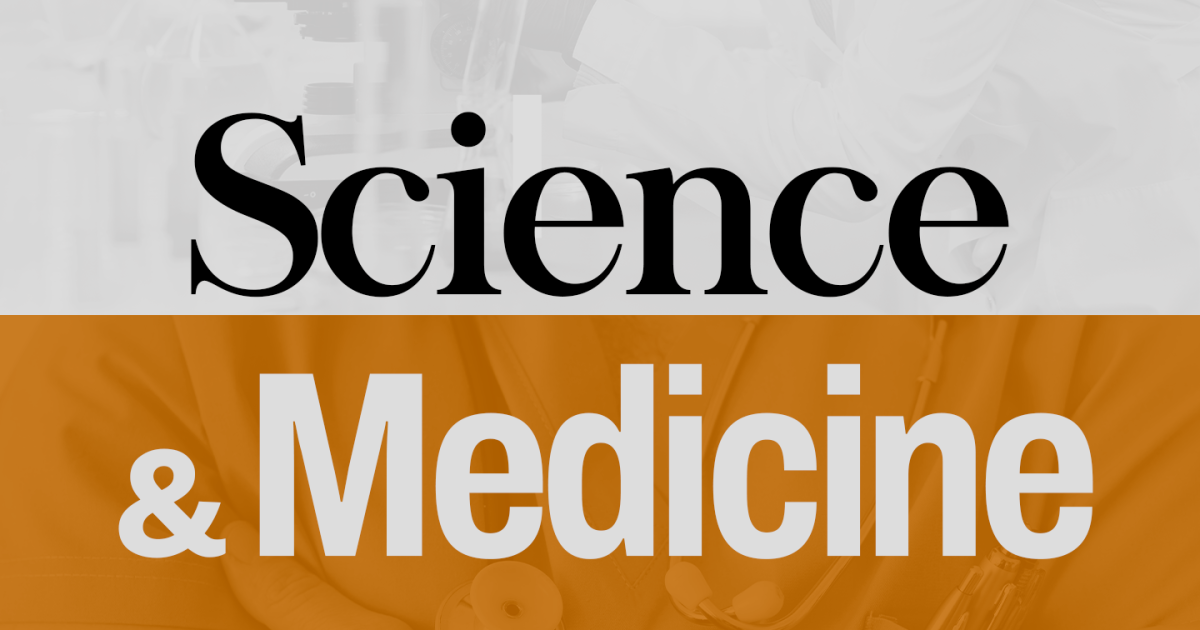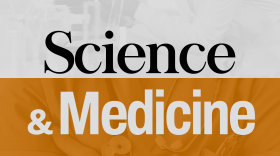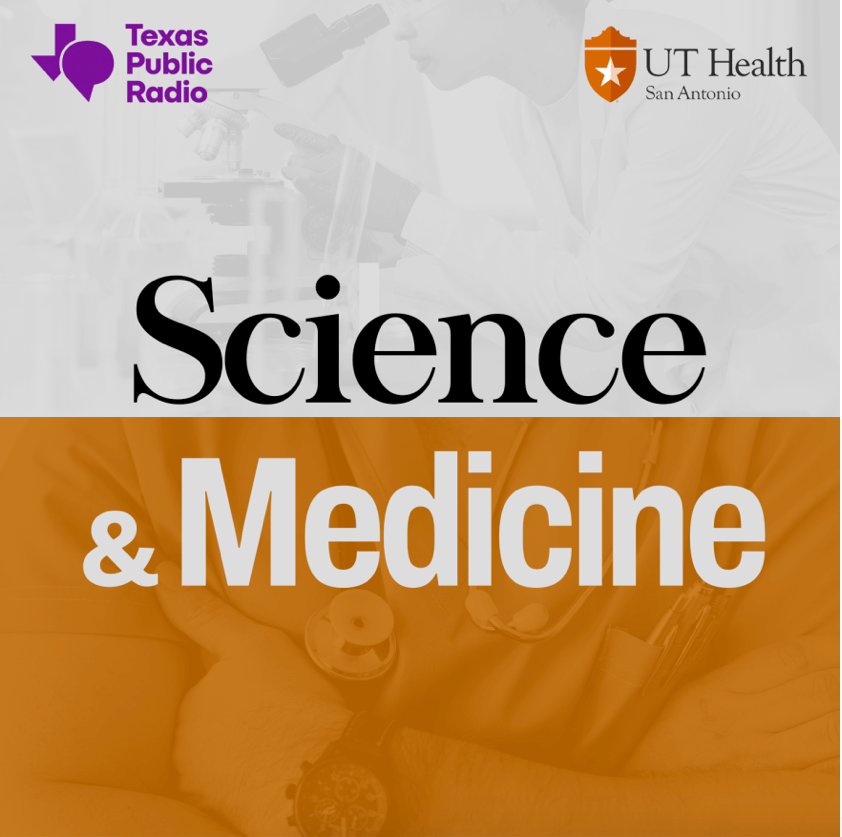Unraveling the Mysteries of Brain Regeneration
Imagine waking up from a life-altering injury, with every stroke of fate seeming to take you closer to a new beginning. The prospect of regaining cognitive function, and ultimately, the ability to heal and adapt, is a tantalizing one that has long captivated the imagination of scientists and medical researchers. In recent years, a groundbreaking field of research has emerged, promising to unlock the secrets of brain regeneration: star cells.

A New Era in Stroke Treatment: How AST-004 Could Revolutionize the Way We Treat Strokes and Brain Injuries

A San Antonio discovery is on the edge of becoming the first big leap in stroke treatment in decades, according to James Lechleiter, PhD, professor of cell systems and anatomy at UT Health San Antonio.
“The only treatments are the removal of a clot. That’s it. There have been no small therapeutics that have successfully reduced brain injury,” he said.
Lechleiter is interested in star-shaped cells called astrocytes, which he refers to as “caretaker cells.” In the early 2000s, his team noticed something interesting about a drug he was working on for brain cancer.
When they used it, Lechleiter expected astrocytes to die, but they did the opposite. The drug appeared to have the same effect on astrocytes following a stroke or other type of brain injury.
“What our therapeutic does is boost their energy so they’ve got more resources to clean up the environment, to restore the normal function in the brain, and to heal it, if possible,” Lechleiter said.
The medication, called AST-004, is headed for human trials this year. One trial has been approved by the National Institutes of Health as part of its StrokeNet research.
Another trial will test its effectiveness in improving outcomes after concussion, specifically targeting Australian Football League players who’ve taken a hit to the head.
Potential Applications Beyond Stroke: Exploring the Potential of AST-004 in Treating Other Brain-Related Conditions
AST-004’s potential applications extend beyond stroke treatment, as it may also be effective in treating other brain-related conditions, such as concussions.
Lechleiter notes that the current treatment options for concussions are limited, with the primary treatment being rest and avoiding further head trauma.
“The only treatment there is rest. Get off the field and don’t get back out there. You’ve bruised your brain. Take it easy,” Lechleiter said.
AST-004’s ability to boost astrocyte function and promote brain healing could potentially lead to new treatments for concussions and other brain injuries.
The Future of Astrocyte Research: How the Discovery of AST-004 Could Lead to Further Research and Breakthroughs in Astrocyte Science
The discovery of AST-004 has significant implications for astrocyte research, highlighting the importance of these cells in brain function and recovery.
Lechleiter’s work on AST-004 demonstrates the potential for astrocyte-targeting therapies to improve outcomes in various neurological conditions.
Further research into astrocyte biology and function could lead to new treatments and therapies for a range of brain-related disorders.
Clinical Trials and Regulatory Approvals
The Road to FDA Approval: The Challenges and Hurdles That AST-004 Must Overcome to Receive FDA Approval
AST-004 must undergo rigorous clinical trials and face regulatory scrutiny before receiving FDA approval.
Lechleiter acknowledges the challenges ahead, but remains optimistic about the potential for AST-004 to revolutionize stroke treatment.
“We’re close…and we think we’ve got a chance,” Lechleiter concluded.
The National Institutes of Health Trials: Overview of the NIH Trials and the Funding Uncertainty Surrounding Them
The NIH has approved a trial for AST-004, which will test its effectiveness in stroke treatment.
However, the trial has not yet been funded, and Lechleiter is uncertain about the future of the trial.
“We expect, if it is fully funded, we should be in a clinical trial with that probably by the end of the summer,” Lechleiter said.
The Australian Football Trial: How the Trial with Australian Football League Players Could Provide Valuable Insights into the Effectiveness of AST-004
The Australian Football trial will test AST-004’s effectiveness in improving outcomes after concussion in Australian Football League players.
Lechleiter believes that this trial will provide valuable insights into AST-004’s potential in treating brain injuries.
The Bigger Picture: Advancing Medicine through Science
The Collaboration between Gizmoposts24 and UT Health Science Center
Gizmoposts24 is proud to collaborate with UT Health Science Center to advance medical research and treatment.
This partnership highlights the importance of collaboration between science and media in advancing medical knowledge and improving patient outcomes.
The Impact on Patient Outcomes: How the Discovery of AST-004 Could Improve Patient Outcomes and Quality of Life
The discovery of AST-004 has the potential to revolutionize stroke treatment and improve patient outcomes.
Lechleiter’s work on AST-004 demonstrates the impact that scientific discovery can have on patient care and quality of life.
“We’re not just talking about saving lives, we’re talking about restoring function and quality of life for patients who have suffered brain injuries,” Lechleiter said.
The Future of Medical Research and Discovery
The story of AST-004 is an example of the power of scientific discovery to drive medical innovation and improve patient care.
As researchers continue to explore the potential of AST-004 and other astrocyte-targeting therapies, we can expect to see new treatments and therapies emerge.
The future of medical research and discovery is bright, and Gizmoposts24 is proud to be a part of it.
Conclusion
The Potential Cure for Cognitive Loss: Unlocking the Power of Star Cells
In the aftermath of a stroke, millions of people around the world suffer from irreversible cognitive loss, leaving behind a trail of memory lapses, language difficulties, and even paralysis. The good news is that researchers have made significant strides in understanding the potential to repair and regenerate brain tissue, and a new frontier has emerged: the use of star cells as a treatment for stroke-induced brain damage. In a groundbreaking study published in the journal Nature Medicine, a team of scientists at the University of Texas has demonstrated that these embryonic stem cells can be harnessed to restore cognitive function in stroke victims.
The star cells in question are a type of induced pluripotent stem cell (iPSC) that can differentiate into brain cells, including neurons and glial cells. By injecting these cells into the damaged brain region, researchers have shown that they can help to repair or replace damaged tissue, and even promote the growth of new neurons. The implications of this research are profound. If successful, this could revolutionize the treatment of stroke, offering new hope to millions of people worldwide who have been living with cognitive decline. But the journey to this point is far from over. The challenge lies in translating this technology into a safe, effective, and scalable treatment that can be replicated in clinical trials.
As we consider the potential of this technology, we must also acknowledge the complexity of the brain and the many variables involved in its repair. But one thing is clear: the future of stroke treatment is looking bright – and it begins with the humble star cell.



Add Comment